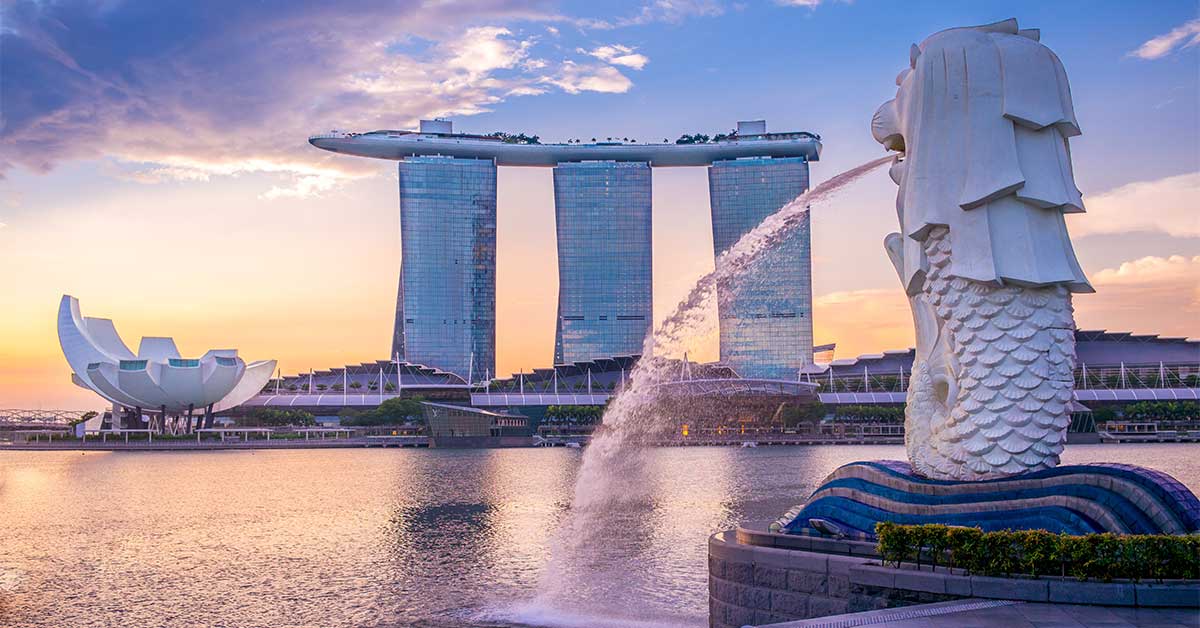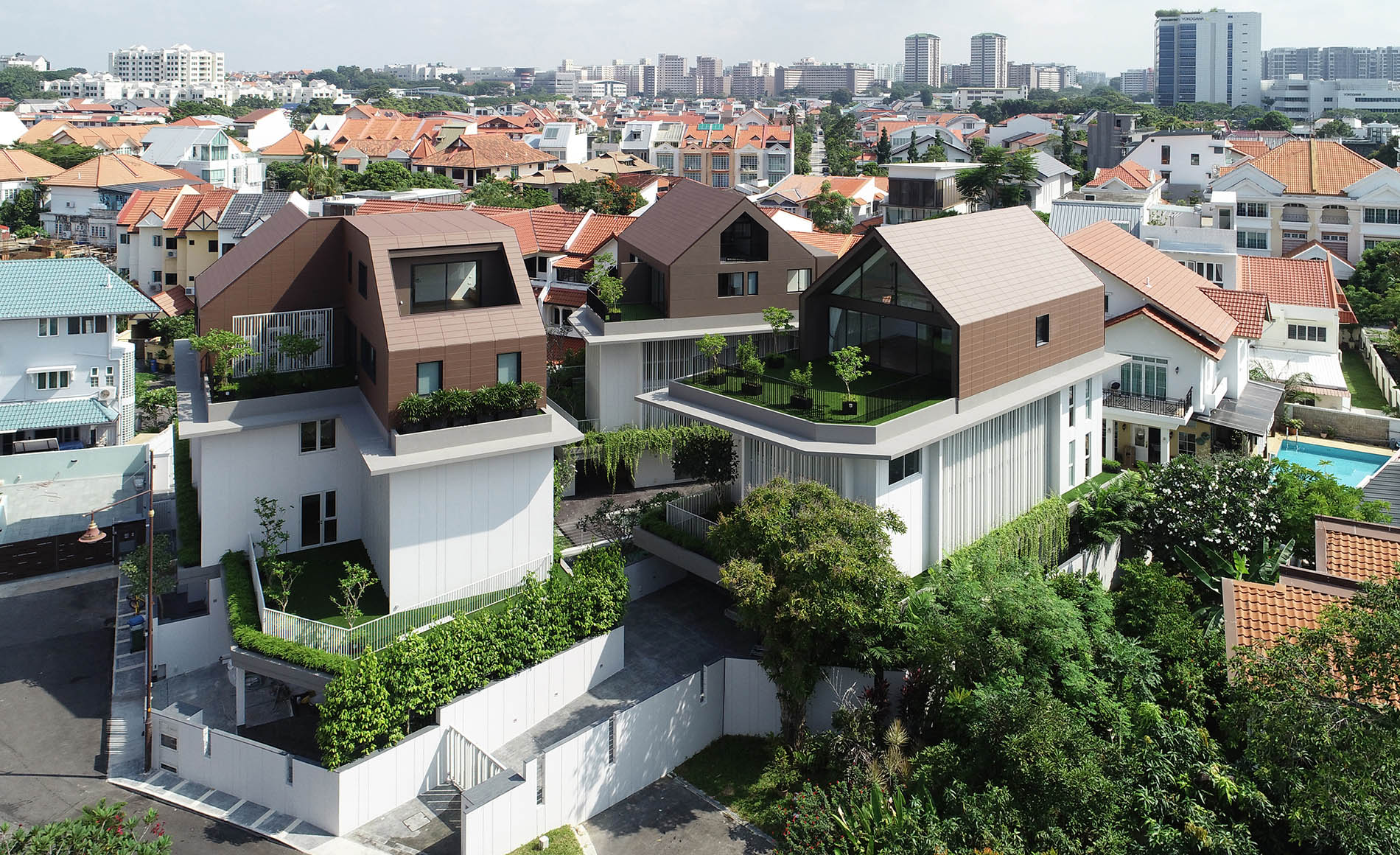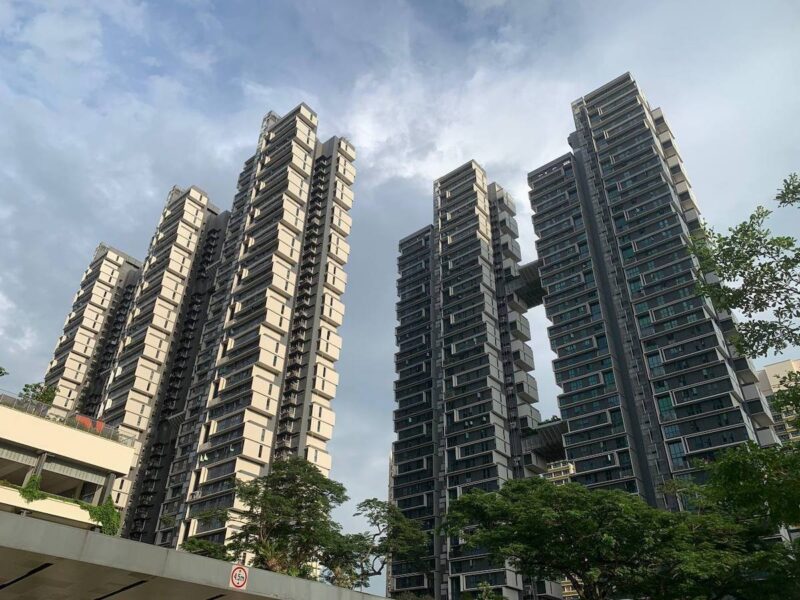As we glance into the future of Singapore’s real estate market, curiosity looms over the average property prices set to unfold in 2025. The city-state, renowned for its vibrant economy and strategic geographical location, has always been a focal point for investors and homebuyers alike.
With ongoing developments, regulatory changes, and shifting socio-economic factors, the landscape of property pricing is anything but static. Will prices soar amid growing demand, or will market corrections temper expectations? In this article, we delve into the dynamics at play and offer insights into what prospective buyers and sellers can anticipate as Singapore continues to evolve in the coming years.
Whether you’re an investor looking to capitalize on opportunities or a first-time buyer hoping to find your dream home, understanding these trends is essential in navigating Singapore’s ever-changing property terrain.
Current Property Trends in Singapore (2023)

As we navigate through 2023, Singapore’s property market is witnessing a dynamic interplay of factors shaping current trends and future expectations. With demand rebounding post-pandemic, urban living is regaining its allure.
The spotlight is increasingly on luxury condominiums and mixed-use developments, reflecting a growing appetite for integrated lifestyles that blend leisure, work, and convenience.
Developments such as River Green Condo exemplify this trend—offering premium amenities, waterfront views, and seamless access to key urban hubs, making them highly attractive to both discerning locals and international investors.
Additionally, government measures aimed at cooling the market and enhancing affordability have introduced a layer of complexity.
Prices of HDB flats remain steady, yet private property prices continue an upward trajectory, fueled by investment from both local and foreign buyers. Such fluctuations indicate a market in flux, where potential buyers must remain agile, particularly as we look towards 2025, where the landscape may shift yet again due to evolving economic conditions and policy changes.
Historical Price Movements

Over the past two decades, the property market in Singapore has showcased a compelling blend of resilience and volatility, mirroring the dynamic economic landscape of the nation. From the highs of the 2010 property boom, where prices reached unprecedented levels, to the subsequent cooling measures introduced in 2013 that tempered buyer enthusiasm, historical price movements tell a story of adaptation and growth.
Fluctuations in prices have been driven not just by local factors, such as government policies and supply limitations, but also by external influences like global economic shifts and changing demographics. As we look toward 2025, these historical trends serve as a crucial backdrop, helping potential buyers and investors navigate the complexities of an ever-evolving market, where every dip and rise might offer new opportunities or signal caution.
Understanding this intricate tapestry of past movements will prove essential for anyone looking to make informed decisions in the Singaporean real estate arena.
Economic Indicators Impacting Property Prices

As we look ahead to 2025, several economic indicators are poised to significantly influence property prices in Singapore. The interplay between GDP growth, interest rates, and inflation creates a dynamic landscape for real estate investment.
A rising GDP typically signals stronger consumer confidence and increased employment, which can drive demand for housing. Conversely, fluctuations in interest rates can either dampen or invigorate the property market; lower rates tend to make mortgages more affordable, spurring potential buyers into action.
Meanwhile, inflation’s effects on both purchasing power and construction costs cannot be understated—escalating prices may tighten supply, thus further enhancing property value. As these factors intertwine, potential homebuyers and investors must stay attuned to the economic winds that could shape the trajectory of the market in the years to come.
Conclusion
In conclusion, as we look ahead to 2025, the landscape of property prices in Singapore presents a compelling mix of opportunities and challenges for potential buyers and investors. With ongoing developments and the government’s commitment to sustainable urban planning, areas like the River Green Condo are likely to reflect the broader trends of increasing demand coupled with limited supply.
While factors such as economic fluctuations and interest rates will play crucial roles in shaping the market, it is essential for buyers to remain informed and adaptable. Ultimately, understanding these dynamics will be key to navigating the property market in Singapore effectively, ensuring both smart investments and future homeownership aspirations are realized.


